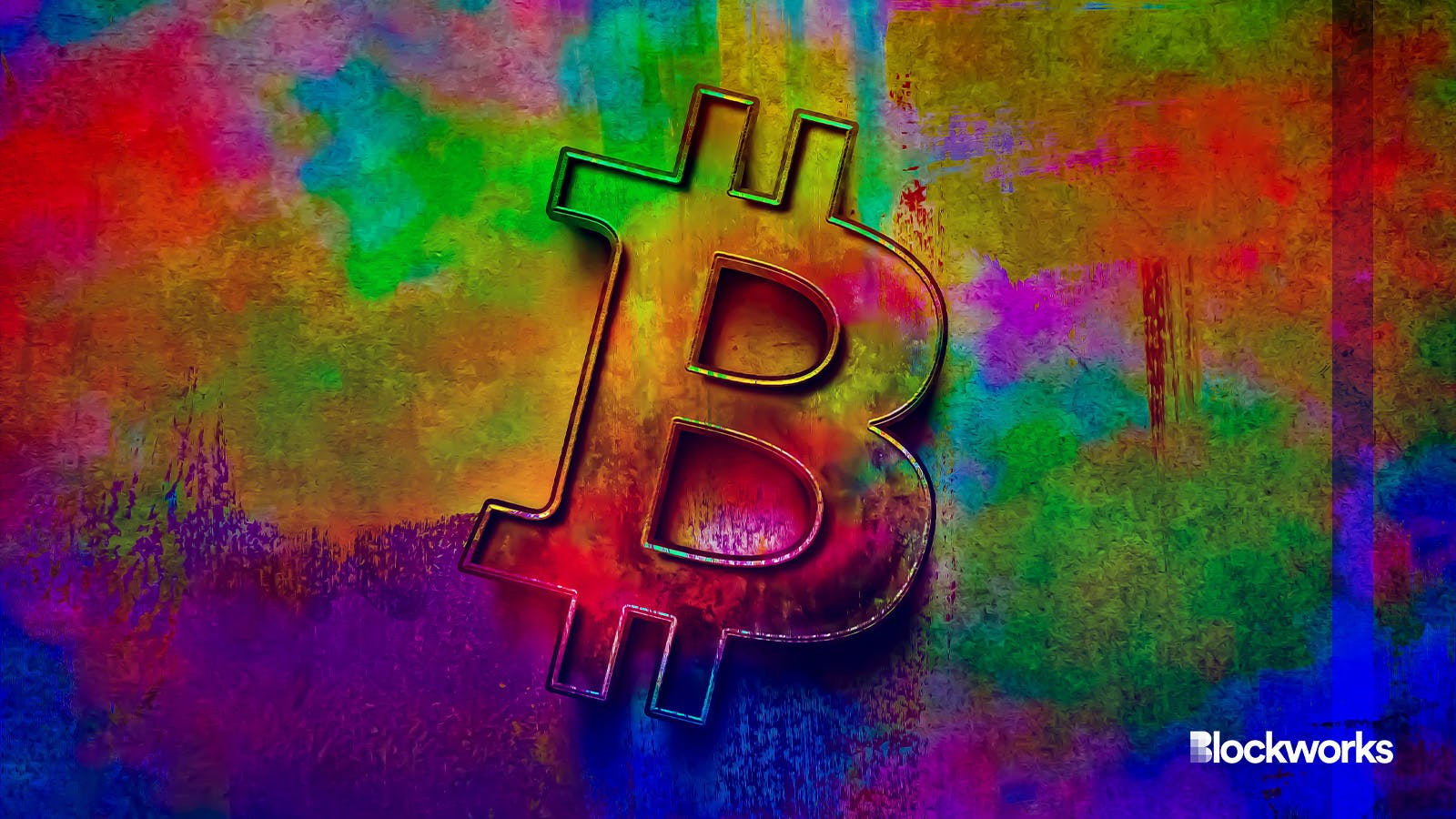DeFi is Bitcoin’s missing ingredient
Crypto needs to attract more users, but a sizeable target already lurks in plain sight

ARTEMENKO VALENTYN/Shutterstock modified by Blockworks
Bitcoin kicked off the cryptocurrency revolution with Satoshi’s white paper more than 15 years ago. First-mover advantage and strong security make bitcoin a great store of value — to the extent that some nations have made it legal currency — but bitcoin isn’t really used for lending, yield farming and other DeFi services.
That’s a market that’s worth $50 billion right now, according to DeFiLlama data. Not only are bitcoin holders missing out on a chance to monetize their digital asset, but DeFi projects are missing the vast liquidity bitcoin — and its $850 billion market cap — has to offer. Bringing bitcoin into the Web3 fold is an immediate opportunity that stands to benefit all of Web3.
Early promise
Initially, technology was the inhibitor to bringing bitcoin into DeFi, but the introduction of Bitcoin’s Taproot upgrade a year ago went some way to changing things. It enabled newer features and options that Ethereum and other chains boast without the need for a layer-2 such as the Lightning Network.
Taproot enabled truer DeFi services and NFTs, including Ordinals — which in turn enabled NFT-like inscriptions on the Bitcoin blockchain and launched with the simple goal to “MAKE BITCOIN FUN AGAIN,” according to its creator Casey Rodarmor. Taproot Wizards, a NFT collection enabled by Ordinals, went further still. Its high-profile creators Eric Wall and Udi Wertheimer promise to make Bitcoin “magic again.”
But Bitcoin doesn’t need to be fun or magic — it just needs to seize the opportunities that other chains and communities have enjoyed for years.
The issue is both an educational and a tooling problem. As a result, the Bitcoin community misses out on opportunities to monetize their assets, including using their bitcoin in DeFi for lending, yield farming, liquidity farming, staking and even easy access to NFTs, gaming, emerging services like SocialFi, and more.
These services are important not just because they encourage owners to hold on to their assets, (rather than selling), which can help maintain price stability, as well as directly monetize through yield, but they encourage bitcoin holders to do so away from centralized exchanges. DeFi protocols offer better prices and also puts security of assets into an individual’s own control, which is in line with keeping to the principles for freedom of money set out by Satoshi.
Technologies introduced over the last year have taken the opportunities with Bitcoin to new levels. Rather than relying on services enabled by Taproot, Bitcoin chains like Stacks or the likes of Lightning Network, multichain networks have emerged to enable smart contracts to effectively be deployed on Bitcoin.
Read more from our opinion section: Gary Gensler lost the bitcoin ETF battle. Can he win his crypto war?
This is important because institutional adoption of cryptocurrencies — which will officially begin after this recent approval for the long-anticipated bitcoin ETFs — will drive demand for financial products on Bitcoin, not to mention opportunities to connect Bitcoin to other smart contract financial services such as restaking, DeFi and more.
Restaking is a particularly powerful concept, with Eigenlayer adding the primitive to not only offer additional yield but enhance security. The growth of Lido (a top 10 token), Rocketpool (a top 50 token) and others on Ethereum made liquid staking a red hot topic. Similar offerings on Bitcoin would enable passive bitcoin holders to go after new yield opportunities while also holding their assets for the long term.
New use cases arise
One of the hallmarks of Bitcoin is its strong community. This is one area where there has been pushback to building on the blockchain. Ordinals, for example, were initially criticized by so-called Bitcoin maximalists who believe the asset’s sole purpose is to store value. But they became a mainstay, racking up 350,000 daily inscriptions this summer and indicating that there’s strong interest in new types of services on Bitcoin even if the entire community isn’t convinced.
Indeed, just this month, top exchanges Binance, Gate.io and KuCoin listed BRC-20 memecoins based on Ordinals, showing another side to their rising appeal.
Ordinals and memecoins sit on the more playful side of crypto, but their popularity gives a glimpse at the interaction and demand that could be tapped by including Bitcoin in the broader decentralized app ecosystem.
These opportunities won’t appeal to all bitcoin holders, of course, but more options is always preferential to scant few. Moreover, it stands to strengthen Bitcoin by enabling broader adoption among new audiences, which is ultimately the goal as articulated in Satoshi’s white paper.
Institutional adoption looks promising, there’s general optimism now that the US has approved a bitcoin ETF, which stands to benefit Bitcoin and add new stakeholders. In the long term, many of these new owners will demand options for putting their digital assets to work, especially those financial institutions. Outside of Bitcoin, the broader crypto industry stands to only benefit by including Bitcoin, particularly in this winter period.
It’s high time Bitcoin was no longer siloed.
Get the news in your inbox. Explore Blockworks newsletters:
- The Breakdown: Decoding crypto and the markets. Daily.
- 0xResearch: Alpha in your inbox. Think like an analyst.






